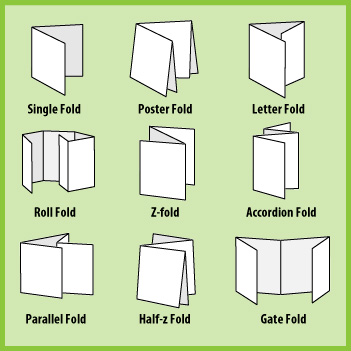File Preparation and Troubleshooting
What are the limitations to printing on the spine of a perfect bound cover? On a double loop book with a concealing cover?
On a perfect bound or double loop cover, you may print the entire area of thespine, but be sure to consult with us beforehand. You’ll need to measure the spine using a bulking dummy to be sure of the exact width. Ink coverage that traps to scoresor bleeds across the spine will also need close attention to ensure proper registrationand to avoid cracking. In addition, perfect bound books will need four scores on the cover [two backbone plus two hinge] for durability and to protect any glued areas when opening. The paper you choose is also a consideration for perfect boundbooks; text and cover pages must be parallel with the spine or the covers may wrinkle.
Which binding techniques are best suited for short runs?
Common binding techniques, like saddle stitching, loop stitching and side stitching are the simplest – and most economical – choices for short runs.
What is the best binding technique if I have critical crossovers?
The binding techniques that can best accommodate tight registration on crossovers are saddle stitching, loop stitching, double loop, split wire, plastic comb binding, perfect binding, lay flat and sewn binding. Spiral wire and plastic spiral wire are not good choices when crossovers are critical because the registration from page to page will vary slightly. Be sure to check with your sales representative at the onset of your project so we can plan for tight crossovers in your design.
What are the different types of folding?
Paper can be folded in countless ways. Understanding folding is essential, since mismeasured folds are often the perpetrators of many reprints. Folding is not a precise art. Generally, you can expect a tolerance of 1⁄32“ inch per fold. This depends on the weight and caliper of the paper stock and the placement of the folds. This impacts the way the job will finish; proper planning and making sample mockups in the design and production stage will help eliminate errors. These are some of the most common folding styles used in print production today. Use of standard names will help ensure good communication between designer and printer.
